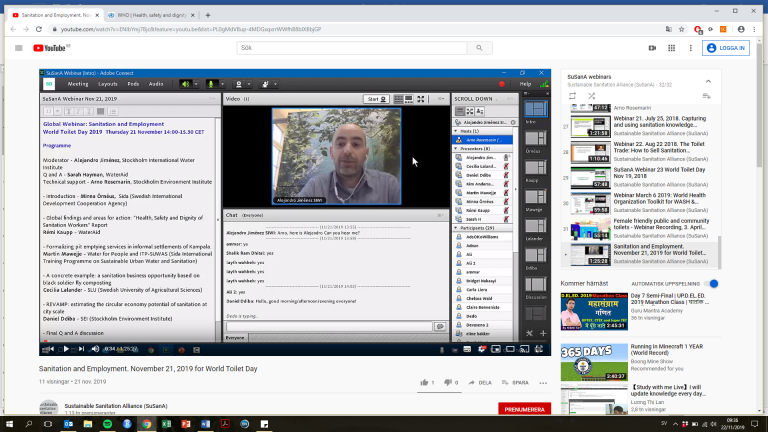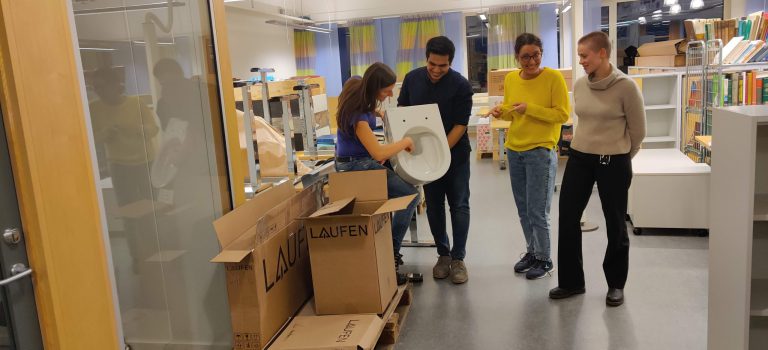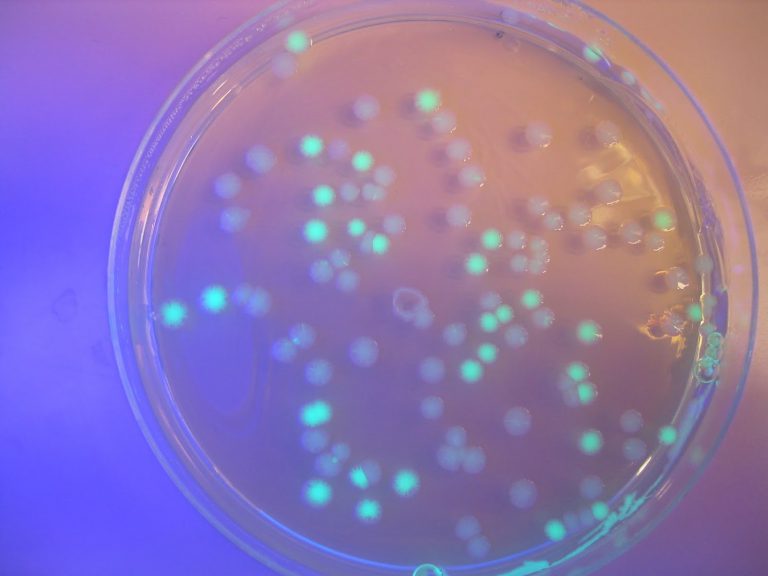Det finns akut behov av innovationer inom sanitetssektorn som förbättrar återvinning av näring, t.ex. kväve och fosfor, och tillgänglighet av toaletter med kapacitet att rena avloppet. Separat insamling och behandling av urinen är en sådan innovation. Återvinning av näringsämnen från urin till jordbruk eller industriella bruk kan minska övergödning av vattendrag, bidra till livsmedelssäkerhet och förbättra kapacitet och effektivitet hos avloppsreningsverket samt öka möjligheterna till vattenåtervinning. Urinen är emellertid mycket utspädd och måste avvattnas eller koncentreras för att öka värdet av de fångade näringsämnena. Det finns ett antal innovationer för urinkoncentrering, men en majoritet är fortfarande under utveckling och används inte i stor utsträckning.
Detta projekt har ett övergripande mål att undersöka möjligheterna att öka användningen av urinkoncentrerande teknik. Projektet använder ett social-tekniskt systemperspektiv för att förstår möjligheter och hot för vidare utveckling av urinkoncentrerande teknik. Detta omfattar teknisk prestation, liksom användarna av systemet och de organisationer som ansvarar för förvaltning. Projektet är uppbyggt omkring tre faser. Först kommer forskarna försöka kvantifiera den miljö och ekonomiska kostnader och nyttan av urinkoncentrerande system. Andra fasen fokusera på en undersökning av hur mogen tekniken är och om marknaden är redo för urinkoncentreringssystem. Slutligen, kommer projektet studera beslutsfattande processer och acceptansen av ny teknik i ett antal fall studier. Dessa studier kommer hjälpa oss att identifiera möjliga utvecklingsstrategier för urinkoncentrering teknik.




